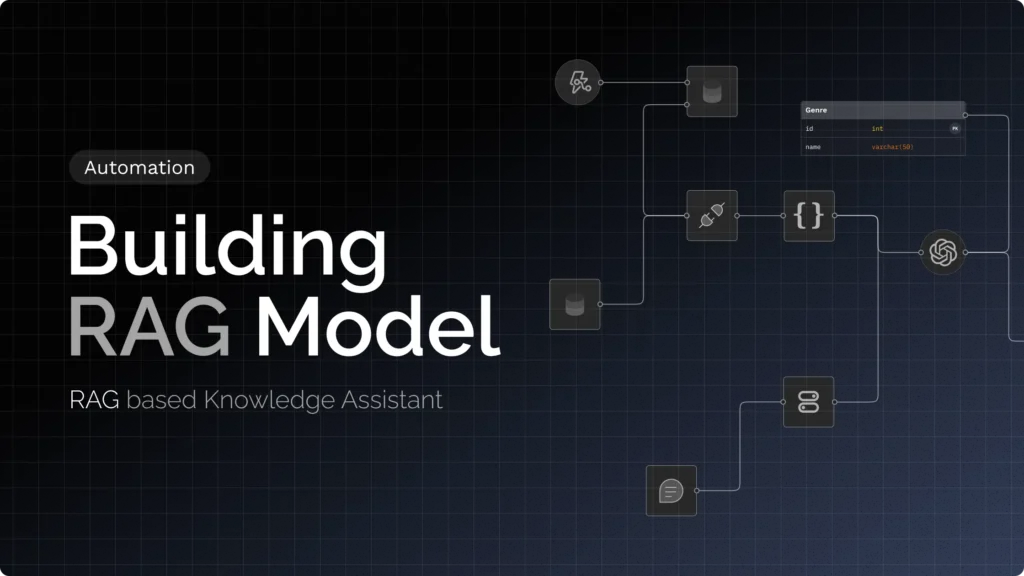1. Composition of Function:
Let, f: A→B and g: B→C be two functions. Then there exists a function h: A→C such that ∀x∈A, h(x)∈C. We say h(x)=g{f(x)}=(gоf)(x) which is called a composite function. Clearly, gоf≠fоg in general.
2. Inverse of a Function:
Let, f(x)such that f: A→B be a bijective function. Then ∃ a unique function g:B→A such that, (gоf)(x)=(fоg)(x)=x. Hence g(x) is called the inverse function of f(x) and denoted by f-1.
Properties of Inverse Function:
- Every bijective function is invertible and vice versa.
- If f: A→B is bijective, then f-1:B→A, i.e. the domain and range get interchanged.
- If (x,y)∈f, then (y,x)∈f-1. So, the graphs of y=f(x) and y=f-1(x) are mirror images of each other about the line y=x.
- (fоf-1)(x)=(f-1оf)(x)=x
Method to find inverse:
Let, y=f(x) be a bijective function. Interchange x and y. Express y in terms of x. The resulting function shall be the inverse if and only if the domain and range of f(x) are exactly equal to the range domain of the resulting function respectively.
Functional Equations:
If a function is not explicitly represented as y=f(x) instead relationship between various forms of the functions are given – f(x+y)=f(x)+f(y) , f(XY)=f(x).f(y) etc. Then such relations are called a functional equation.
Wavy Curve Method:
In mathematics, the wavy curve method is a means of constructing a certain type of curve, usually a closed curve. The method is to start with a given curve, and then perturb it by adding a series of small wavy “humps” to it. The result is a new curve which is usually very similar to the original, but with some interesting new features.
One of the most famous examples of a wavy curve is the Koch snowflake. This is a curve which can be generated by starting with an equilateral triangle and then adding a series of smaller equilateral triangles to each side, in a particular pattern. The result is a fractal curve with some very interesting properties.
The wavy curve method can be used to construct a wide variety of curves, including some which are very similar to the Koch snowflake. In fact, the Koch snowflake is just one example of a more general class of fractal curves known as space-filling curves. These are curves which, in a certain sense, fill up the entire space in which they are drawn.
The wavy curve method can also be used to construct curves which are not space-filling. For example, one can start with a circle, and then add a series of small wavy “humps” to it. The result is a new curve which is similar to the original circle, but with some interesting new features.
The wavy curve method is a very versatile tool for constructing curves. It can be used to construct a wide variety of curves, including some which are very similar to the Koch snowflake.






